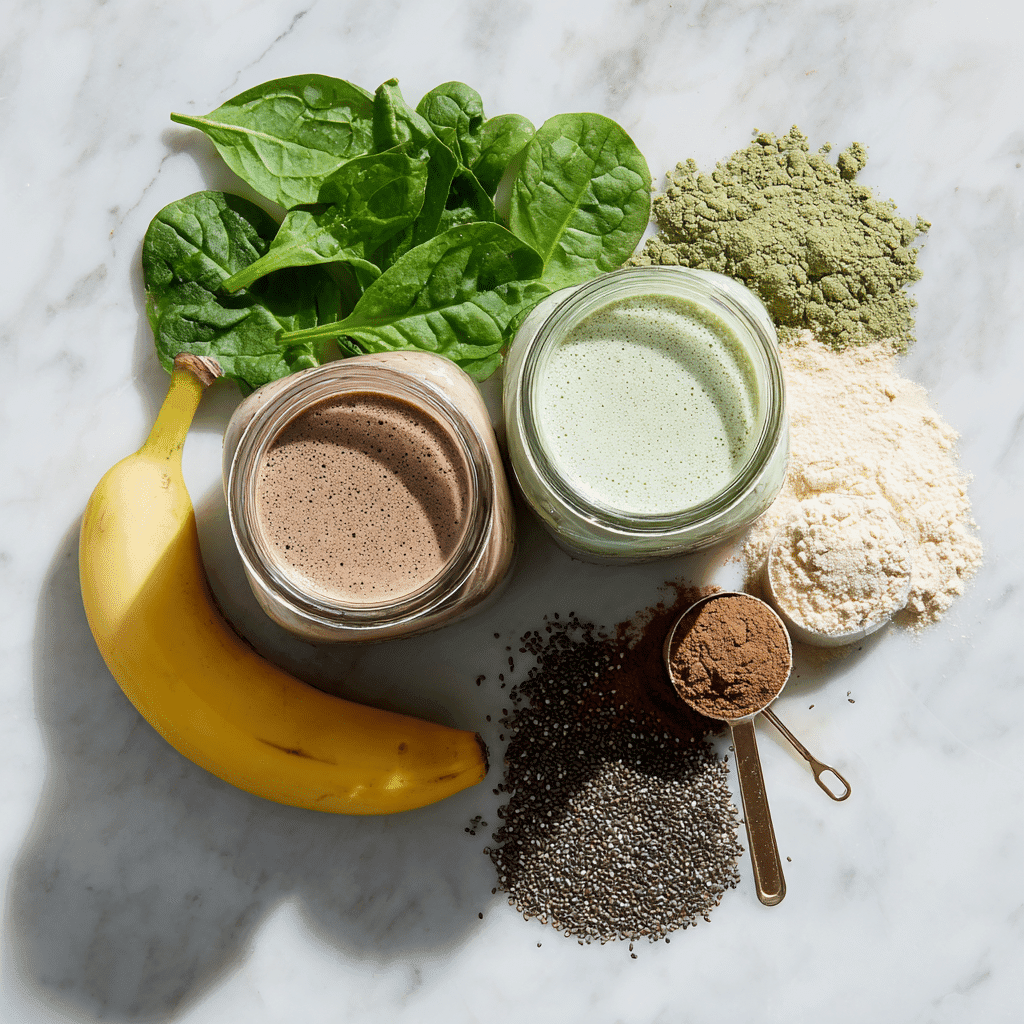Meal replacement programs for weight loss have exploded in popularity—and for good reason. They offer a convenient way to cut calories without skipping meals, tracking every bite, or spending hours in the kitchen. Whether you’re someone juggling a packed work schedule or simply tired of yo-yo dieting, these programs promise structure, nutrition, and results. But not all meal replacements are created equal. In this guide, we’ll break down how these programs work, what makes them effective, and how to choose the best one for your lifestyle. From shake options to balanced bars and real-life tips, we’re covering everything you need to know to lose weight smartly and sustainably.
Table of Contents
1: A Personal Start to Meal Replacement Programs for Weight Loss
From Grandma’s Kitchen to a New Health Chapter
Long before he explored meal replacement programs for weight loss, Sam was just a boy watching his grandmother roll dough, stir sauces, and season every dish with care. Her kitchen smelled of roasted garlic and herbs, and meals were more than food—they were family moments. Fast forward two decades, and Sam’s career had taken him from diners in New York to food stalls in Bangkok. But amid the hustle, healthy habits often slipped.
That’s when meal replacement programs came into the picture. What began as a reluctant experiment—replacing one meal a day with a shake—quickly became a game-changer. It wasn’t about replacing tradition; it was about creating space for health in a life that rarely slowed down. These programs helped Sam reset his routine and bring balance back to his table—without giving up flavor or satisfaction.
Why Meal Replacements Work for Real People
Meal replacement programs for weight loss work because they simplify decision-making. When you’re exhausted after work or chasing kids around, the last thing you want to do is count macros or prep quinoa. A nutrient-dense shake or balanced bar removes guesswork, making it easier to stick to your goals. Most plans are designed to keep you full, boost protein intake, and reduce calorie overload—key drivers for healthy fat loss.
Plus, they’re incredibly flexible. You can start small—like swapping breakfast for a protein shake—and still see results. Many users pair meal replacements with quick meals like those in this 1500 Calorie Meal Plan or supplement them with easy Weight Watchers Soup Recipes for variety and satiety.
In a world of fad diets and restriction, these programs are about progress—not perfection. And for Sam, they became a bridge back to mindful, manageable eating—without sacrificing the joy of real food.
2: The Science Behind Meal Replacement for Weight Loss
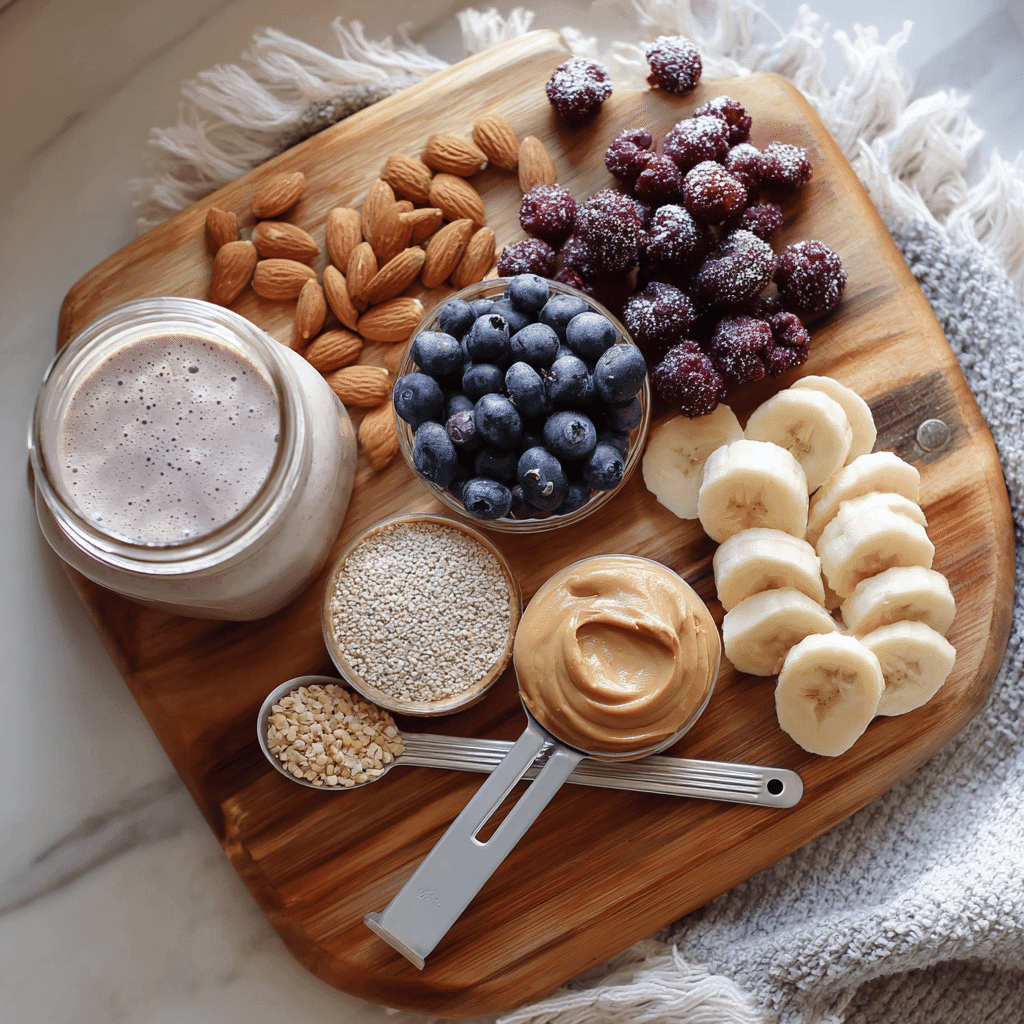
What Makes a Meal Replacement Program Effective
To understand why meal replacement programs for weight loss work so well, you need to look beyond the packaging. These programs are more than just convenient—they’re backed by nutritional science. A well-designed meal replacement includes 200–400 calories, 15–25 grams of protein, fiber to keep you full, healthy fats, and essential vitamins and minerals.
This combination fuels your body while helping you eat less overall. Unlike snack bars or sugary “diet drinks,” meal replacements are intended to replace full meals, not just curb hunger. When used correctly, they help reduce daily calorie intake without leaving you feeling deprived.
Most people start by replacing breakfast, which sets the tone for the day. A high-protein shake or smoothie in the morning helps regulate appetite and prevents mid-morning energy crashes. Try pairing your shake with something satisfying like our Cabbage Fat Burning Soup or these High Protein Vegan Meals for Weight Loss.
How They Support Sustainable Fat Loss
The real strength of meal replacement programs for weight loss lies in their simplicity. Cutting calories is essential for shedding fat, but doing it in a structured, nourishing way makes all the difference. These programs provide predictable nutrition, which reduces the mental load of daily meal planning.
By focusing on high-quality ingredients and consistent calorie control, you can create a gentle deficit that supports fat loss while preserving muscle. Many people combine their plan with light activity, like daily walks or home workouts, to increase results naturally.
Programs that include protein-rich replacements and whole-food dinners—like those in our Low Calorie Salads Guide or Weight Watchers Soup Recipes—promote long-term success. That’s the foundation of most effective meal replacement programs for weight loss: real food, balanced nutrients, and consistency.
3: Choosing the Right Meal Replacement Program
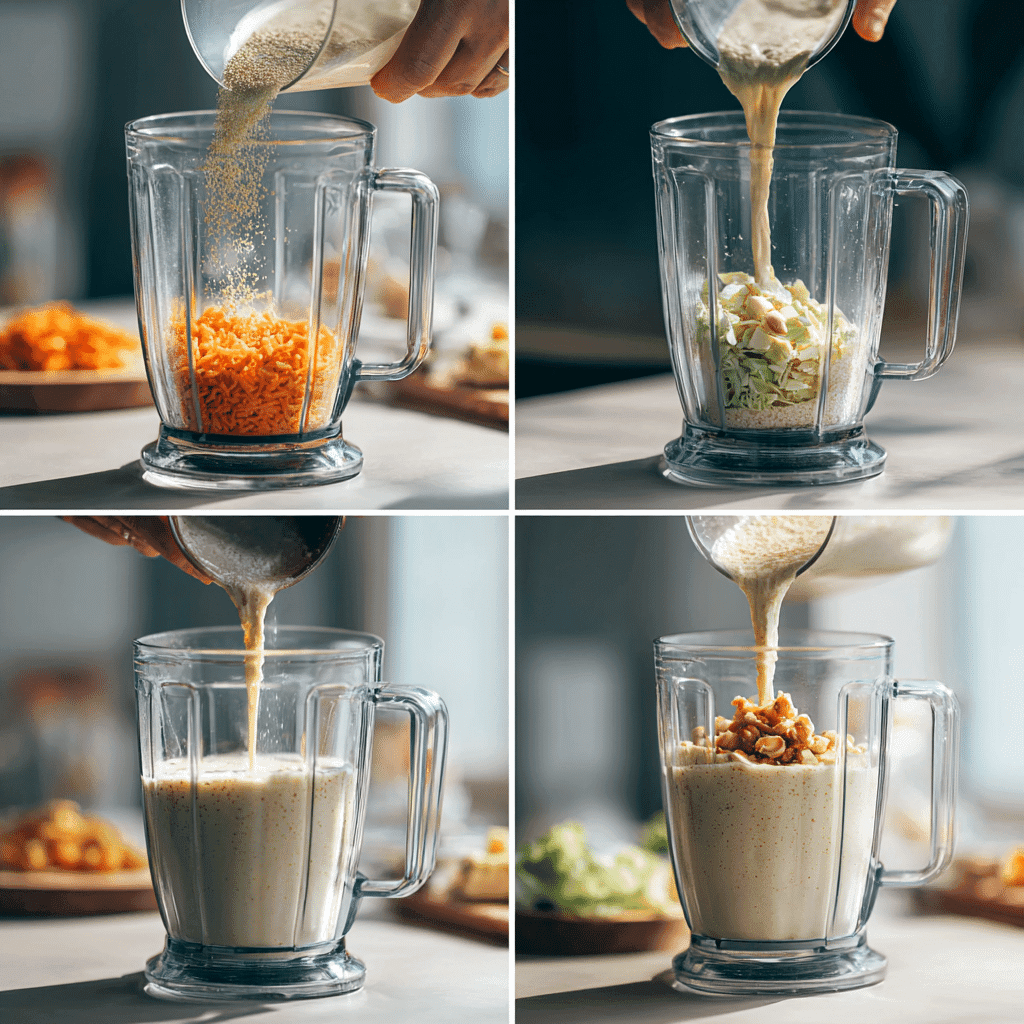
Shakes, Bars, or Prepped Meals? Your Options Explained
Not all meal replacement programs for weight loss are created equal. You’ve got options—shakes, ready-to-eat bars, full meal kits, or even DIY smoothies and soups. The right one for you depends on your routine, goals, and how much time you want to spend in the kitchen.
Shakes are the most popular and easiest to stick with. They take less than a minute to prepare and travel well. Bars are ultra-convenient but can lack the volume needed to feel satisfied. Full meal delivery programs—like medically supervised kits—offer more variety, but they come at a higher price point.
If you prefer more control, DIY options are easy to build with the right staples. Use a base like almond milk or oat milk, a clean protein powder, and fiber from chia seeds or flax. Add in healthy fats like avocado or peanut butter and toss in fruit for flavor. You can even pair your shake with something simple from our Lazy Girl Lunch Ideas or explore 1500 Calorie Meal Plans for Weight Loss to round out your day.
Ingredients That Matter (And Ones to Avoid)
The best meal replacement programs for weight loss are built around whole, high-quality ingredients. Look for shakes or bars with 15–25 grams of protein (whey, pea, or rice-based), 5+ grams of fiber, healthy fats like MCT oil or nuts, and vitamins like B12 and D3.
Avoid added sugars, artificial flavors, and cheap fillers like maltodextrin or corn syrup. If the ingredient list looks like a chemistry set, it’s probably not helping your goals.
Also watch for misleading low-calorie options. While they might seem helpful, they often lack staying power. Instead, aim for balanced nutrition that satisfies and sustains—just like our Healthy Breakfast Recipes Ideas or these Low Calorie Salads.
Choosing the right option ensures your meal replacement program for weight loss won’t just work—it’ll become a part of your everyday routine that you actually enjoy.
4: Real-Life Use of Meal Replacement Programs
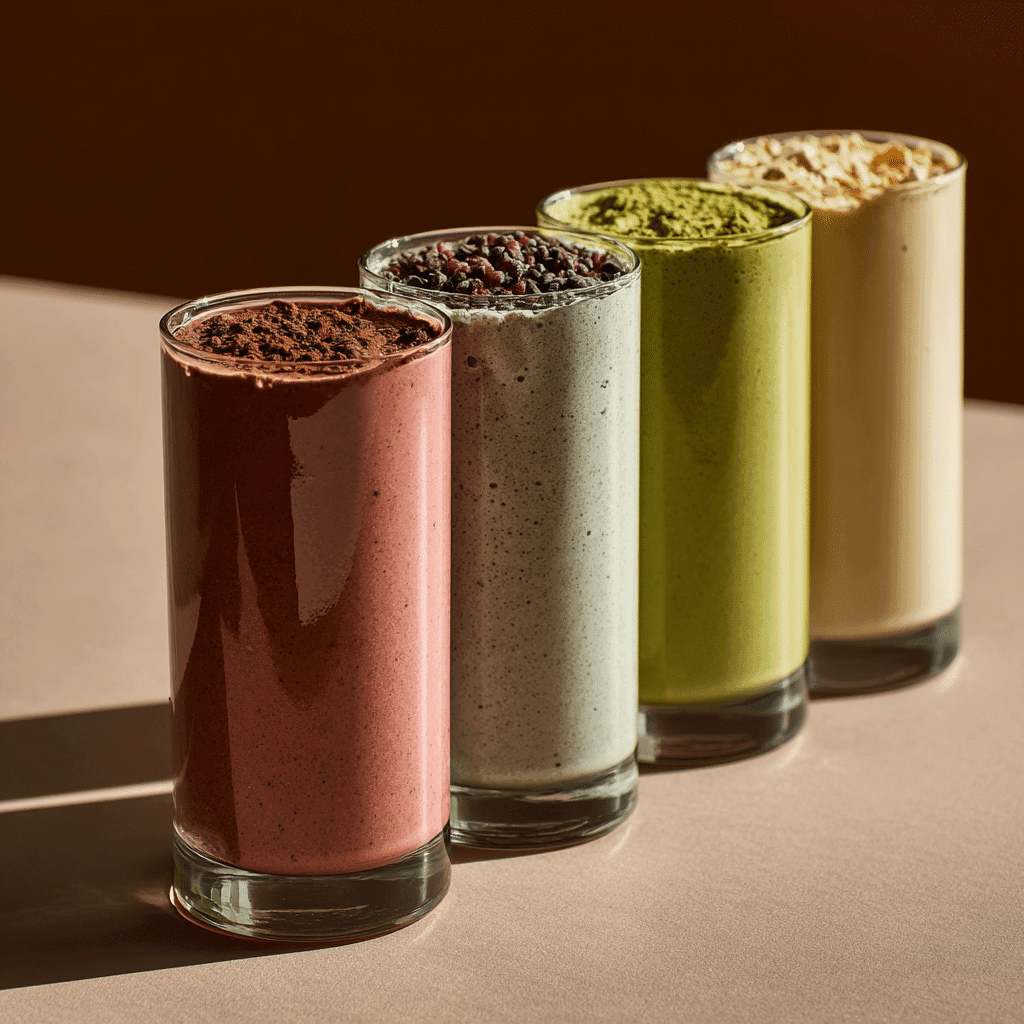
Daily Plans and Real-World Tips for Weight Loss Success
Let’s face it—any plan, no matter how well-researched, only works if it fits into real life. The good news? Meal replacement programs for weight loss can be incredibly adaptable. Whether you work long hours, travel often, or just want something easy between meetings, you can make these programs work for you.
Start by replacing one meal per day—usually breakfast or lunch. Mornings are ideal since they set your energy for the day and keep you from reaching for sugary snacks later. A typical day might look like this:
| Time | Meal Example |
|---|---|
| 8:00 AM | Meal replacement shake (with protein, fiber, and fat) |
| 12:30 PM | Whole-food lunch (grilled chicken, quinoa, roasted veggies) |
| 3:00 PM | Light snack (hard-boiled egg, Greek yogurt, or apple + almond butter) |
| 6:30 PM | Balanced dinner (salmon, brown rice, steamed greens) |
Add in hydration, 20–30 minutes of movement (a walk or light yoga), and you’ve got a foundation that works. Use this sample plan as a starting point or find inspiration in our 1500 Calorie Meal Plans and practical Lazy Girl Lunch Ideas.
Avoiding Pitfalls: Hunger, Boredom, and Plateaus
Even the best meal replacement programs for weight loss come with challenges. Some people experience boredom from the same flavors or hunger if the shakes aren’t filling enough. To stay on track, rotate shake recipes—use seasonal fruit, nut butters, spices like cinnamon, or cocoa powder to mix things up.
Don’t ignore hunger signals. If you’re constantly craving food, your shake might be lacking fiber or healthy fats. Add ingredients like chia seeds, flaxseed, or even oats to keep you full longer. You can also pair your shake with something from our Vegan Snack Ideas or start your day off right with recipes from our Healthy Breakfast Recipes Ideas.
When you hit a plateau—which is totally normal—adjust your daily activity, reevaluate your whole-food meals, and give your body time to adapt. Real change isn’t instant, but with consistency and smart adjustments, it happens.
Remember, this isn’t a sprint. The best meal replacement programs for weight loss are the ones that support your lifestyle and make healthy choices the easy ones.
for mor recipes follow me in facebook and pinterest
5: Conclusion
Meal replacement programs for weight loss aren’t just a trend—they’re a tool. They offer simplicity, structure, and solid nutrition for those looking to shed pounds without the overwhelm of complicated diets. Whether you’re replacing one meal or two, the key is to choose high-quality products, stay consistent, and support your shakes with wholesome, real meals.
Sam’s journey started in his grandmother’s kitchen and led to a global exploration of flavor. But it was the return to simple, nourishing habits—like a well-balanced shake—that helped him reconnect with health. These programs don’t replace tradition—they make room for better choices in a busy world.
So grab your blender, find your favorite flavor, and take the first step toward a more balanced you.
Which meal replacement is best for weight loss?
The best meal replacement is one that’s high in protein (15–25g), rich in fiber, low in sugar, and packed with essential vitamins and minerals. Brands like Ka’Chava, HLTH Code, and 310 Nutrition are top-rated in 2025. Choose one that aligns with your dietary needs—plant-based, keto-friendly, or gluten-free.
Is meal replacement good for losing weight?
Yes. Meal replacement programs for weight loss are proven to reduce calorie intake without sacrificing nutrition. When used correctly, they help control portions, curb cravings, and create a manageable calorie deficit for steady fat loss.
Can you just drink meal replacement shakes for weight loss?
Short-term, replacing 2–3 meals a day can work under medical supervision. But for long-term success, most experts recommend replacing 1–2 meals per day while still enjoying at least one whole-food meal daily to support digestion and mental satisfaction.
What is the 30/30/30 rule for weight loss?
This approach suggests consuming 30 grams of protein within 30 minutes of waking up, followed by 30 minutes of light activity. It helps regulate appetite hormones, boosts metabolism, and reduces morning cravings—making it easy to pair with your shake.
What are the side effects of meal replacement shakes?
When made with poor-quality ingredients, side effects can include bloating, digestive discomfort, or blood sugar spikes. To avoid these, choose shakes free from artificial sweeteners and fillers. Focus on real food ingredients for better tolerance and long-term success.
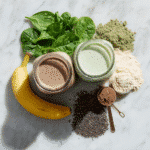
Meal Replacement Programs for Weight Loss: A Smart Shortcut or Just a Fad?
- Total Time: 5 minutes
- Yield: 1 serving
Description
A comprehensive guide to meal replacement programs for weight loss—covering how they work, their benefits, real-life applications, and how to choose the best one for your lifestyle.
Ingredients
- High-protein shakes (15–25g per serving)
- Fiber-rich ingredients (chia seeds, flax, oats)
- Healthy fats (MCT oil, avocado, nut butters)
- Essential vitamins (B12, D3)
- Low or no added sugars
- Whole-food meal pairings (grilled protein, roasted veggies)
- Hydrating fluids (water, herbal teas)
Instructions
- Start by replacing one meal per day, preferably breakfast, with a high-protein shake.
- Choose a shake with adequate fiber and healthy fats to maintain satiety.
- Pair meal replacements with whole-food meals like grilled chicken or salmon with vegetables.
- Stay hydrated throughout the day with water or herbal teas.
- Incorporate light activity, like walking or yoga, for enhanced fat loss.
- Adjust flavor profiles of shakes using fruits, spices, or nut butters to avoid boredom.
- Evaluate and adapt your plan if you hit a weight loss plateau.
- Maintain consistency and pair meal replacements with real, nourishing meals.
Notes
Choose high-quality, low-sugar meal replacement products. Focus on long-term balance and sustainability over rapid weight loss.
- Prep Time: 5 minutes
- Cook Time: 0 minutes
- Category: Breakfast
- Method: Blended
- Cuisine: Health & Wellness

